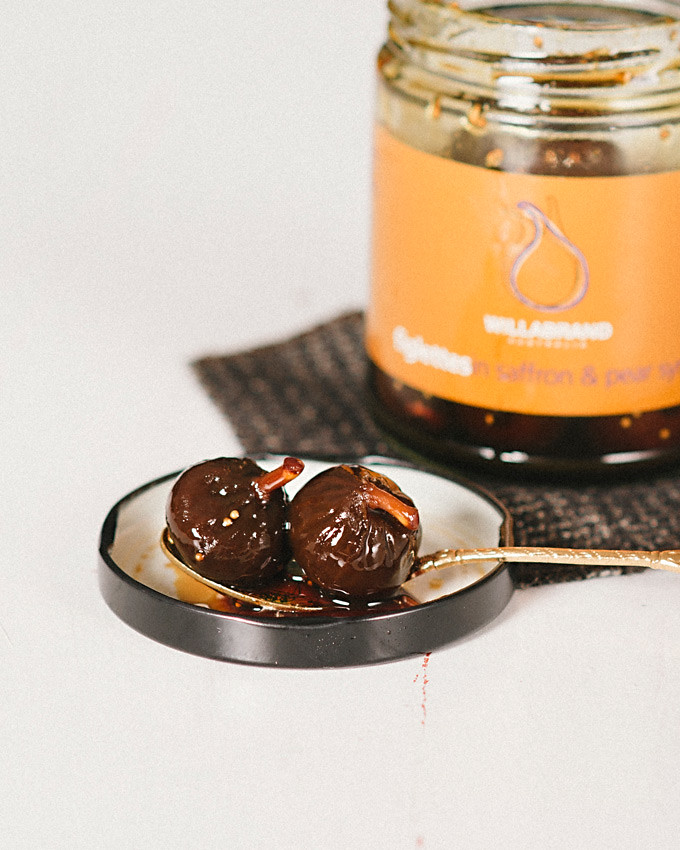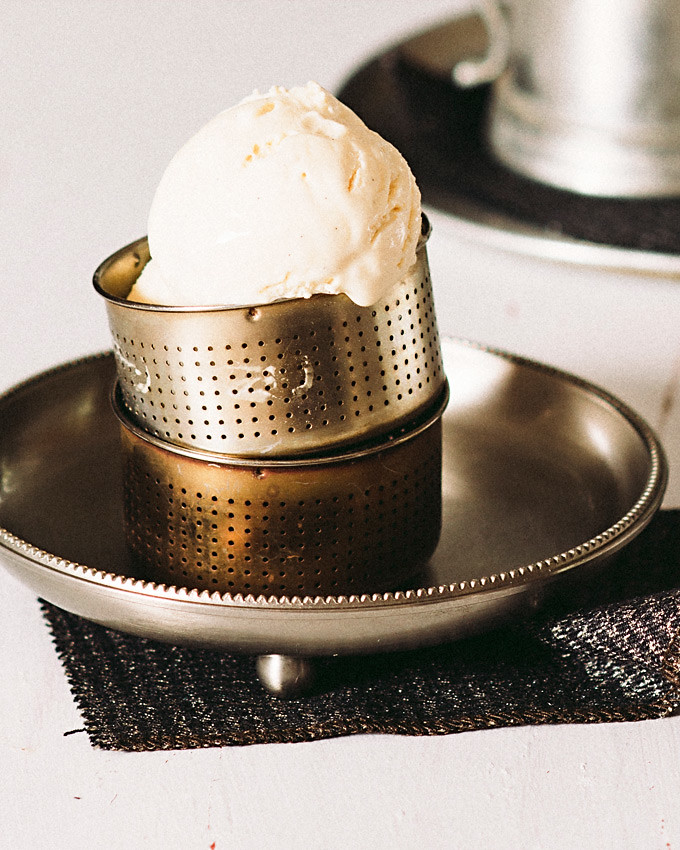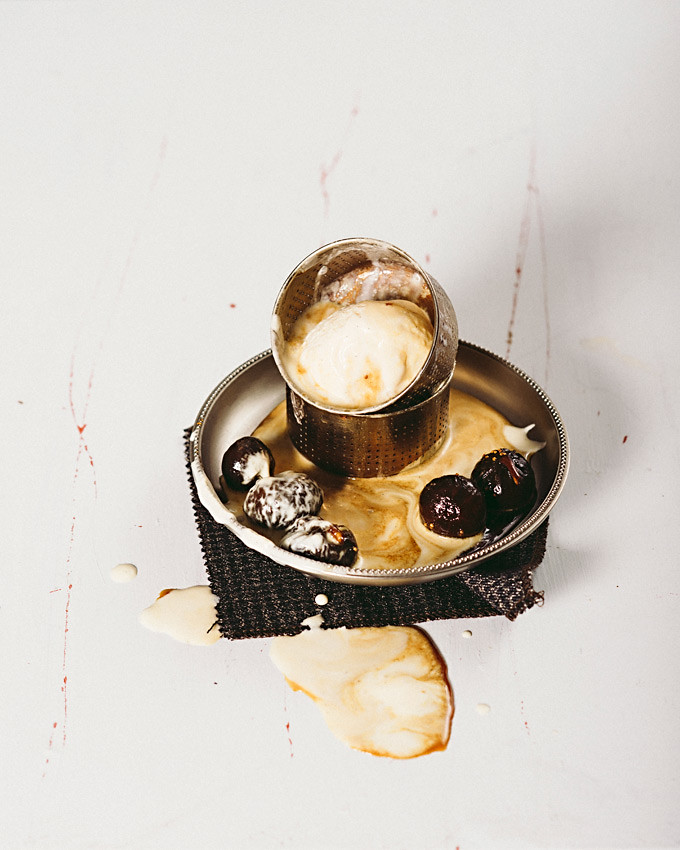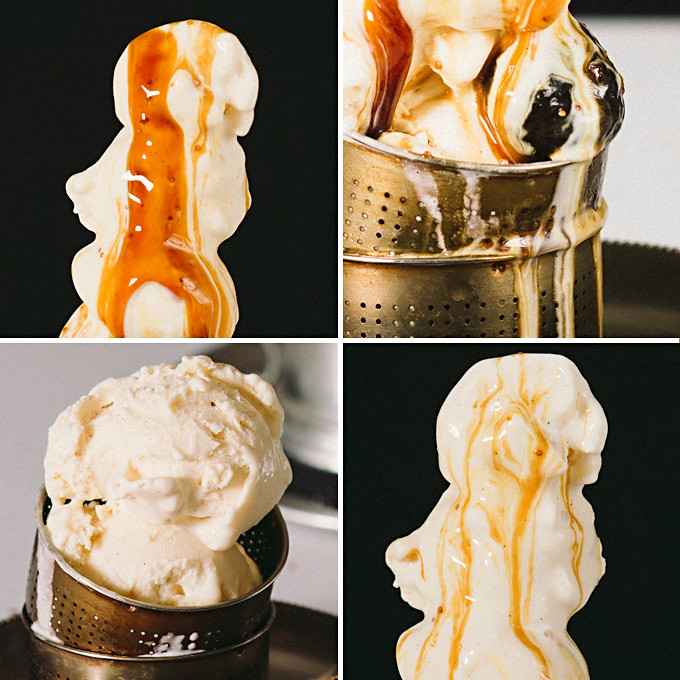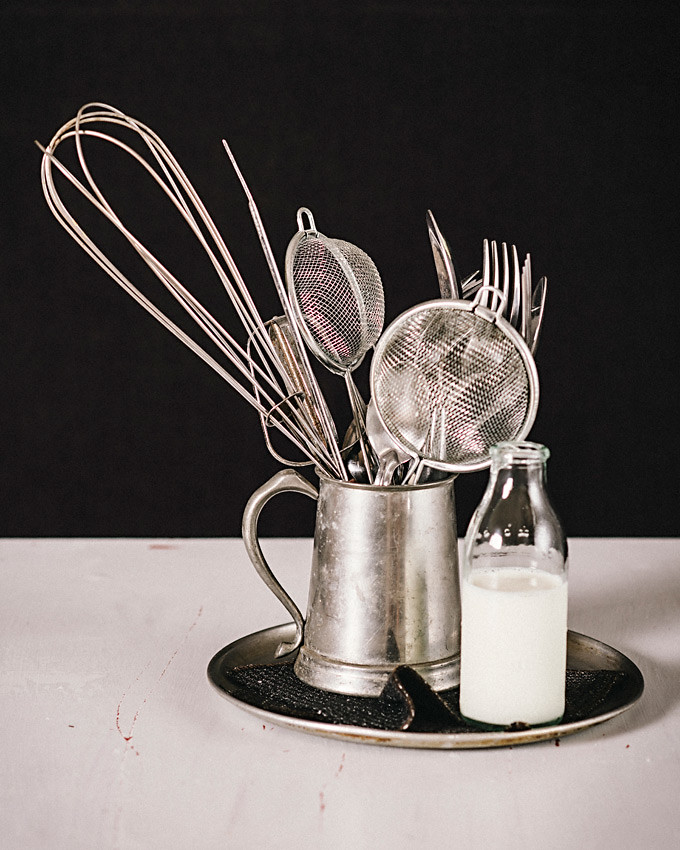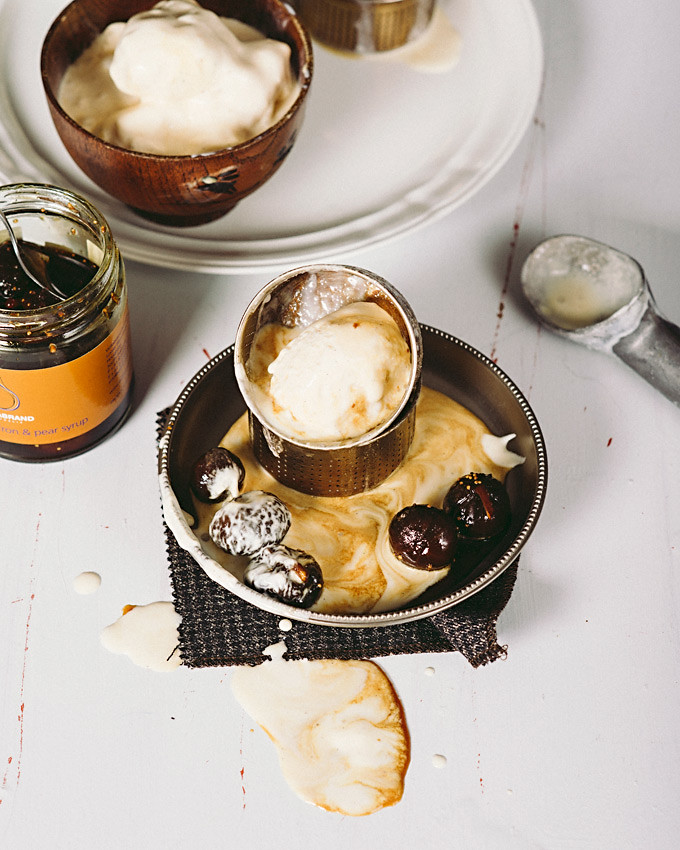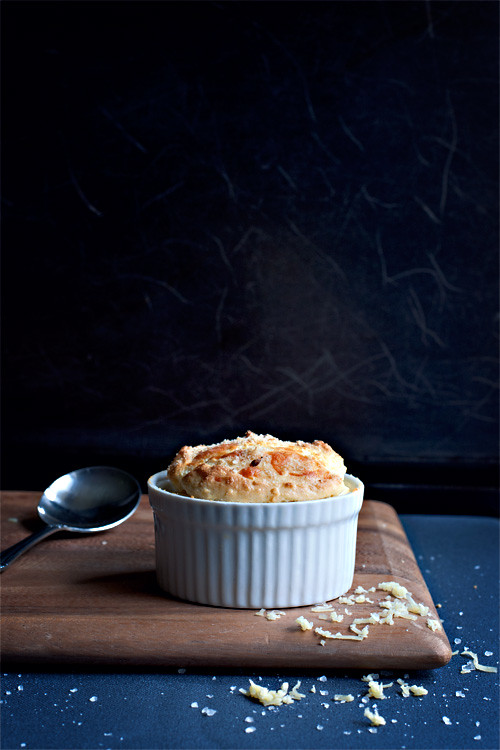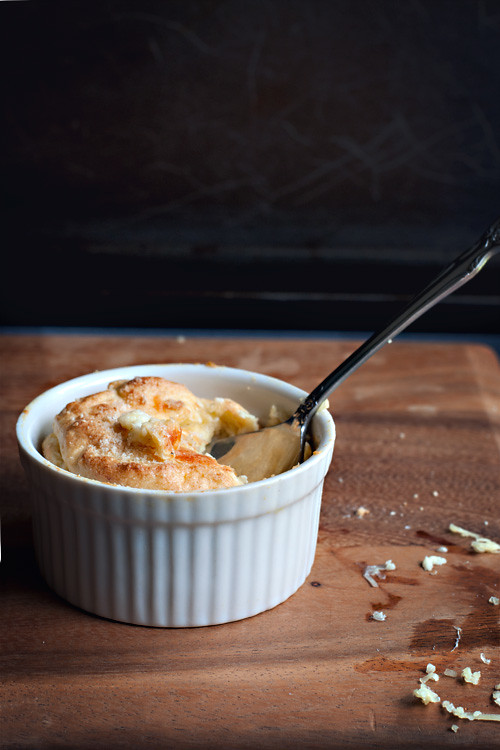
Imagine telling our famished ancestors that some people these days create plates of food just to improve their SEO. “Oh, this isn’t a plate, it’s an enamelware prop“. “Can I eat yet?”, “no! I need to take a photo!”
I’m not one for profound reflection but if 2013 has taught me anything it’s that of the fine art (and dark art) of the facade.
I write in my about section that the “true value of food as a homely and generous act” is perhaps being lost amongst 1) the desire to articulate every single thing we cook, and 2) the need to document every single thing we eat. Articulation takes time whereas hot food on a plate has a considerably short shelf life as we collect our thoughts and adjust the settings in our cameras.
We’re shrouded in duplicate information of the hottest new Sydney spots and are bombarded with images of staged food. Occasionally people who make food at home for themselves/friends/family choose not to live in the delicious moment and instead place a board behind their dinner, delicately locate a fork at a whimsical angle and take a photo. Sometimes if the food goes cold it goes into the bin.
I’ve been guilty of this myself, though less so than I used to, so I understand, but I find the whole “recipe blogging” process irritating if it becomes a wasteful act.
Cutlery shopping is now “prop sourcing”, whipping up something new is now “recipe developing” and I feel the whole scene is becoming too self important with a disregard of spontaneity and generosity which, with food, is really important.
So my faux-revalation for the coming year is; keep it real and drop the act and facade of stylised food. Once in a while ditch the props, don’t worry if your photo isn’t perfect and relish in the now of documenting how things look rather than how you’d like them to look as you’re sharing them. Don’t listen to what you’ve heard, using flash can be awesome (Vice, are you listening?? I’m cool. Somebody’s even throwing up their rude finger in one of these photos). By all means go snap happy, just don’t berate your friends for eating a dish you generously prepared for them because you need to style it with a different spoon. Hands look better in food photos anyway and honest images speak volumes alongside the constantly artificial and staged.
SO! Here are some crostini I prepared for NYE (sans toasting, no time and too much effort); wine poached pears with a holy trinity of cheese and rosemary poached apricots with ricotta. They’re not heaps beautiful of typically photoworthy but that’s ok! My friends enjoyed them and that’s all that matters. Someone even shouted “ALANA ARE YOU BLOGGING?!” from the balcony as some flash spilled from the kitchen, and that’s ok too, because I was only “blogging” for a few seconds. Happy 2014.

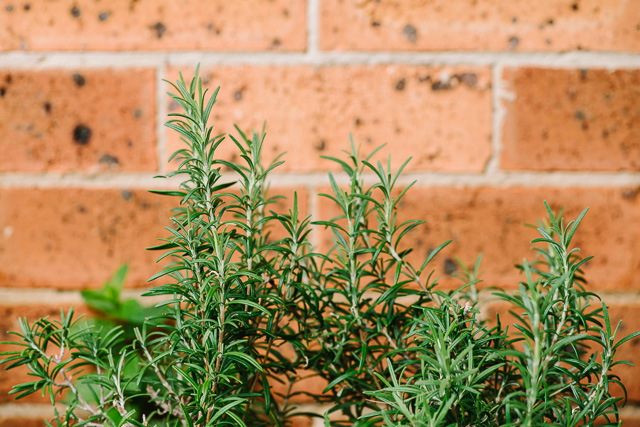






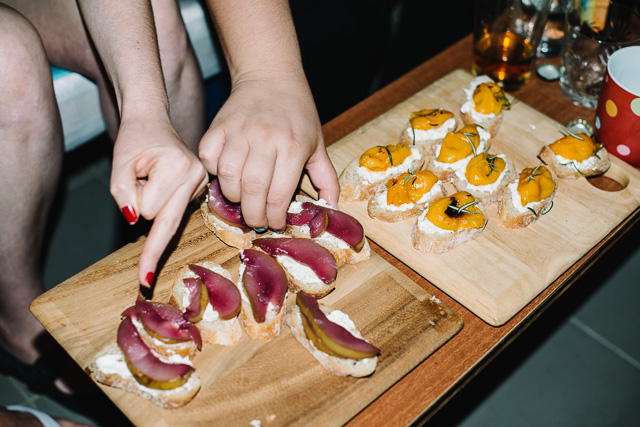




For the poached rosemary apricots
Collect some generous sprigs of rosemary for your backyard (or local store). Dissolve a cup of sugar in four cups of water in a pan over a stove and allow the rosemary to infuse. Meanwhile halve the apricots and remove the pips. Simmer in the rosemary syrup for around 5 minutes and transfer to a baking dish with a slotted spoon. Sprinkle with some caster sugar and place under a hot grill until tops are burnished. Meanwhile, reduce the poaching liquid and you’ll have a nice rosemary syrup to use for drinks and other things. Assemble by spreading ricotta on some sliced baguette, then an apricot half, then some fresh rosemary leaves.
For the wine poached pears and cheese
Dissolve three quarters of a cup of sugar in some nasty red wine you have floating around the house in a saucepan and add three sliced pears to simmer. Once tender (15ish minutes), remove with a slotted spoon and allow to cool. Combine 150g of cream cheese, 200g of feta and 80g of stinky stilton into a holy trinity cheesy spread (these are approximate measurements, add to taste). Assemble by spreading stinky goodness on bread then adoring with a couple of pieces of sliced pear.








